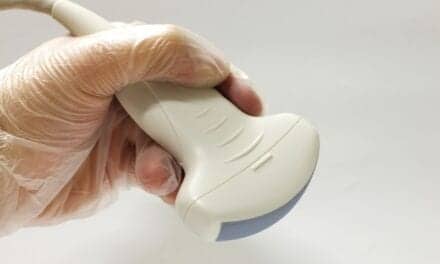Bradley Spieler, MD, vice chairman of radiology research at LSU Health New Orleans School of Medicine, is the lead author of a Radiology Research Alliance paper examining the usefulness of social media in radiology. It is published online in Academic Radiology.
As a visual discipline, radiology lends itself to social media. Now, Spieler and his coauthors examine the advantages and challenges of various social media platforms—Twitter, Facebook, LinkedIn and Instagram, YouTube, Snapchat, and ResearchGate among others—for different purposes in radiology.
“Social media can be a valuable educational and communication tool that medical professionals can use to enhance career development, specifically as it relates to the dissemination of knowledge, brand development, collaboration, mentorship and recruitment,” notes Spieler, who is also an associate professor of radiology, internal medicine, urology, and cell biology and anatomy at LSU Health New Orleans.
The authors found that LinkedIn, Facebook, Twitter, and Instagram are well suited to education. They write: “Radiologists can post educational content, cases, videos, and articles for rapid dissemination to a broad audience across the globe.” They cite Facebook posts of weekly case material as well as Tweet chats on Twitter. These platforms also facilitate building a global community around topics through the use of hashtags by organizing content across multiple accounts.
The authors explore how social media can be used for professional development, from creating personal accounts with specialized content to building a profile on LinkedIn. Being recognized as a topic authority or expert can be important to promotions and academic advancement. While these powerful tools offer great opportunity, a potential downside of this professional networking and branding via social media is the potential to project oneself in an unprofessional manner, now known as e-professionalism, particularly when accounts also include personal and social activities.
Moreover, the authors advise radiologists and students to use social media with the knowledge that colleagues, mentors, current and future employers, supervised trainees, patients, and lawyers involved in litigation may view content posted on social media. They caution users to be mindful that the information disseminated is within an individual’s scope of expertise and that material be verified to avoid perpetuating misinformation.
The paper contains examples of professional and non-professional posts. “This manuscript, prepared by the Association of University Radiologists Radiology Research Alliance’s 2019-2020 Social Media Task Force, including members of the rising senior medical student class and faculty from the LSU Health New Orleans Department of Radiology, concludes that the diversity of social media platforms available affords an opportunity for radiologists and radiology programs to connect with and influence a larger number of individuals than was possible with traditional methods of communication in the past,” says Spieler.






